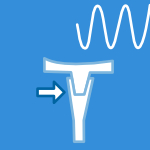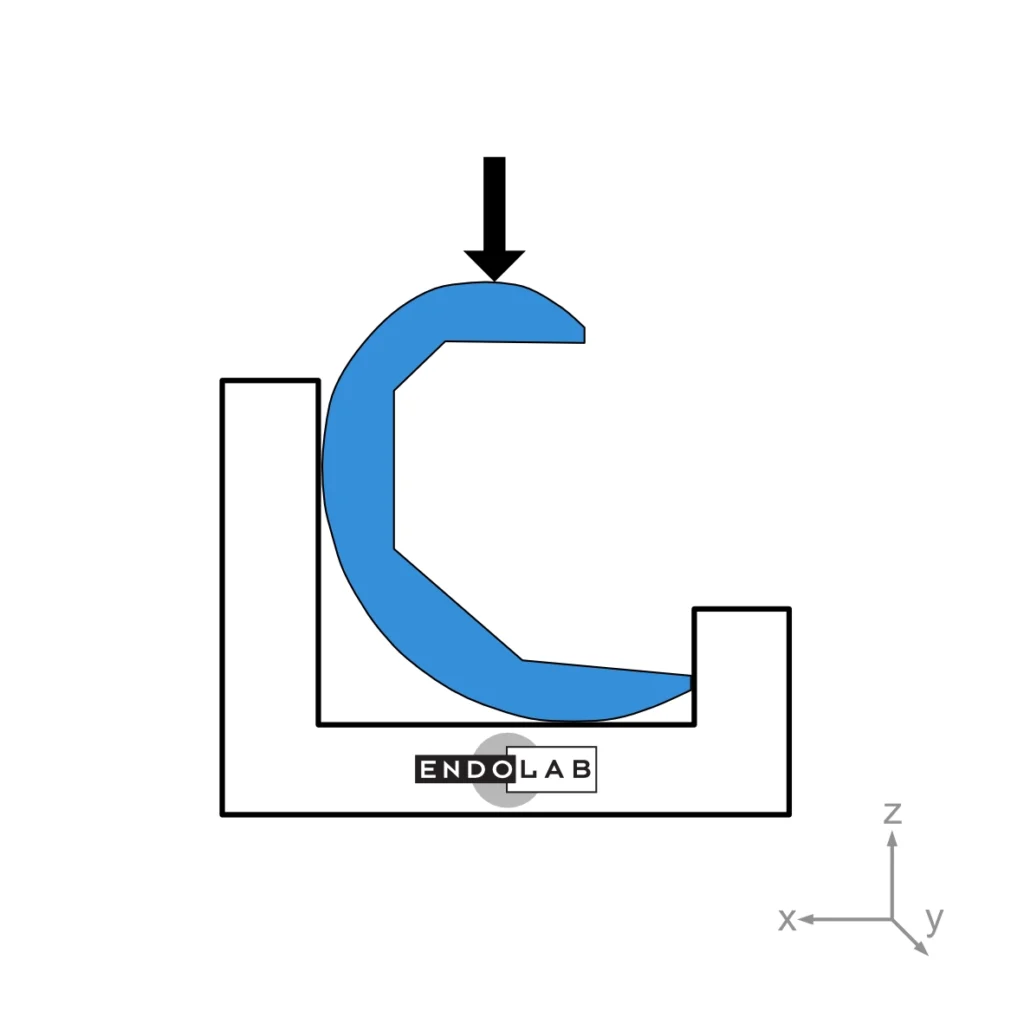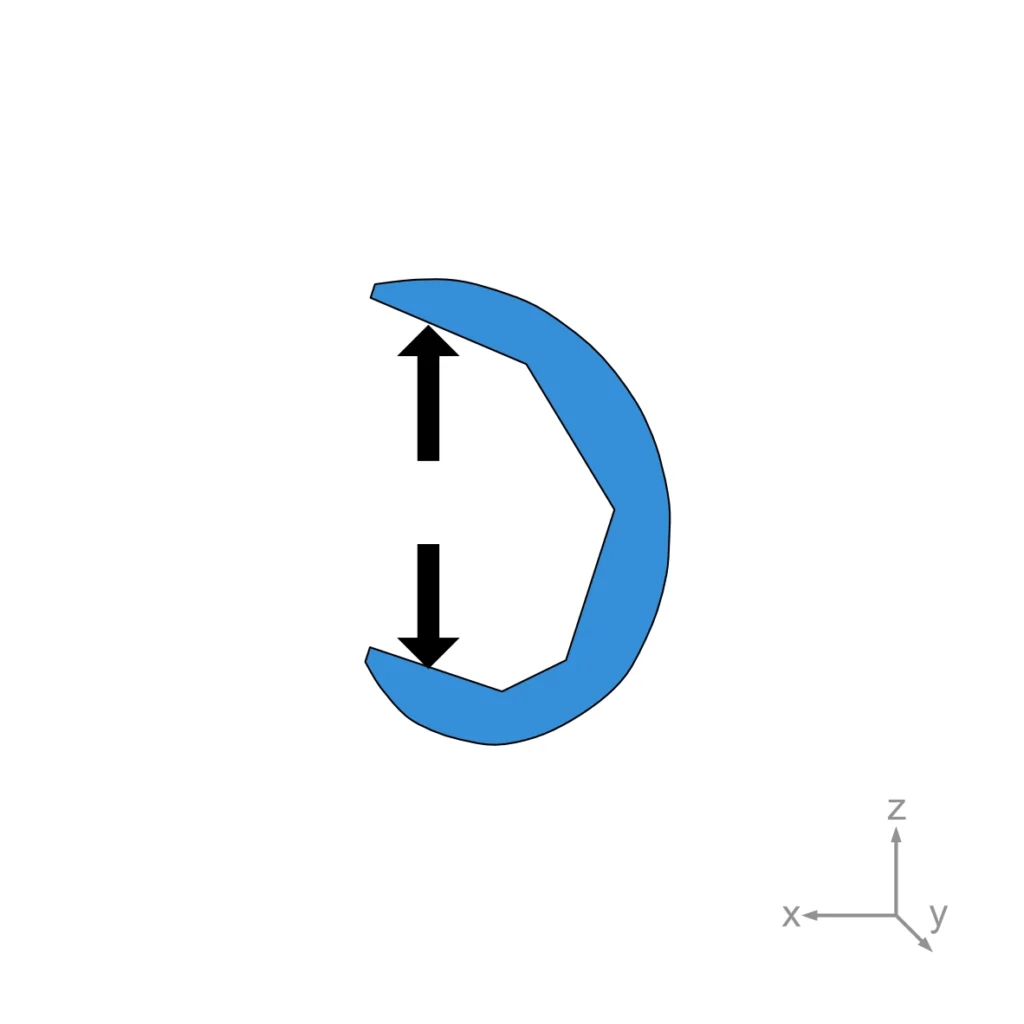ASTM F3495: Standard Test Methods for Determining the Static Failure Load of Ceramic Knee Femoral Components
ASTM F3495 outlines two test methods designed to evaluate the static ultimate failure load of ceramic femoral components used in total knee replacements (TKR). These methods aim to simulate in vivo loading conditions and, in one procedure, also replicate intraoperative scenarios.
The standard focuses on cruciate retaining (CR) femoral components that encompass both the medial and lateral condyles as well as the patellar surface of the femur. While the procedures are tailored for these designs, modifications may be necessary to accommodate other femoral component configurations.
Test Methods:
- Tension Load Test: This method assesses the ultimate failure load by applying tensile forces to the inner contour of the femoral component, simulating opening conditions that might occur during intraoperative impaction or specific in vivo loading scenarios.
- Compression Load Test: This approach evaluates the component’s failure load under compressive forces applied to the outer contour, representing closing conditions experienced during typical knee joint activities.






